
Introduction
Sodium cyanide (NaCN) is a highly toxic chemical compound widely used in various industries, such as mining for gold extraction, electroplating, and chemical synthesis. Due to its extreme toxicity, strict safety protocols must be adhered to during its handling, storage, transportation, and use to safeguard human health and the environment. This article provides comprehensive guidelines on the Safe use of Sodium cyanide.
Understanding the Properties of Sodium Cyanide
Sodium cyanide is a white, water - soluble solid with the properties of a moderately strong base. It is highly toxic and can cause fatal harm to humans. Inhalation, ingestion, or skin contact with Sodium Cyanide can lead to acute poisoning. It inhibits respiratory enzymes, resulting in intracellular asphyxiation. Even a small oral dose of 50 - 100mg can cause sudden death. Additionally, when sodium cyanide comes into contact with acids, it produces highly toxic and flammable hydrogen cyanide gas.
Regulatory Compliance
National and International Regulations
Countries around the world have established strict regulations for the production, storage, transportation, and use of sodium cyanide. For example, in the United States, the Occupational Safety and Health Administration (OSHA) has set specific standards regarding exposure limits and safety procedures for handling cyanides. In the European Union, the REACH (Registration, Evaluation, Authorization and Restriction of Chemicals) regulation governs the safe use of such hazardous substances. In China, the "Regulations on the Safety Management of Hazardous Chemicals" impose strict controls on every aspect of sodium cyanide handling.
Permits and Licensing
All entities involved in the production, storage, transportation, or use of sodium cyanide must obtain the necessary permits and licenses in accordance with local regulations. These permits ensure that the facilities and operations meet the required safety and environmental protection standards.
Safety Precautions in Different Stages
Storage
Location Selection: Sodium cyanide should be stored in a dedicated, well - ventilated, and cool storage area. The storage location should be away from sources of heat, ignition, and incompatible substances. It should also be located in an area that is not easily accessible to unauthorized personnel.
Container Requirements: Use corrosion - resistant and tightly sealed containers made of appropriate materials. For solid sodium cyanide, thick - walled metal drums or plastic containers with secure lids are commonly used. For sodium cyanide solutions, storage tanks should be made of materials resistant to alkaline corrosion, such as certain grades of stainless steel or specialized plastic - lined tanks. The containers must be clearly labeled with "Poison" and "Sodium Cyanide" along with relevant hazard symbols.
Storage Conditions: Maintain a dry environment in the storage area, as moisture can accelerate the degradation of sodium cyanide and increase the risk of hydrogen cyanide gas generation. The relative humidity in the storage area should be kept below 80%. Also, ensure proper ventilation to prevent the accumulation of any potentially leaked gases.
Separation from Incompatible Substances: Sodium cyanide should be stored separately from acids, oxidizing agents, and other chemicals that can react with it to produce dangerous products. For example, storing it near acids can lead to the formation of highly toxic hydrogen cyanide gas.
Transportation
Packaging: The packaging for transporting sodium cyanide must meet strict standards. The outer packaging should be robust enough to withstand normal handling during transportation and protect the inner container from damage. Inner containers should be leak - proof and securely sealed. The packaging must also be clearly labeled with the name of the chemical, hazard warnings, and emergency contact information.
Transport Vehicles: Use specialized transport vehicles that are designed to carry hazardous chemicals. These vehicles should be equipped with spill - containment systems, Emergency response equipment, and proper ventilation. The vehicle should also display the appropriate hazard warning signs as required by transportation regulations.
Driver Training: Drivers transporting sodium cyanide must be specially trained in handling hazardous materials. They should be familiar with the properties of sodium cyanide, emergency response procedures in case of a spill or accident, and the relevant transportation regulations.
Route Planning: Plan the transportation route in advance to avoid congested areas, residential zones, and areas with a high risk of accidents. Notify local authorities about the transportation of sodium cyanide, especially when passing through sensitive areas.
Handling and Use
1.Personal Protective Equipment (PPE):
Respiratory Protection: Operators must wear appropriate respiratory protection, such as a full - face respirator with a high - efficiency particulate air (HEPA) filter and an approved canister for cyanide protection. In high - risk areas or in case of potential large - scale exposure, self - contained breathing apparatus (SCBA) may be required.
Eye Protection: Wear chemical - resistant goggles or a face shield to protect the eyes from splashes or dust particles of sodium cyanide.
Skin Protection: Use impervious gloves made of materials like butyl rubber or nitrile, along with chemical - resistant coveralls or aprons. Ensure that the PPE is in good condition and fits properly.
2.Work Area Setup:
Ventilation: The work area where sodium cyanide is handled should have excellent ventilation. Local exhaust ventilation systems should be installed to capture any fumes or dust generated during handling. General room ventilation should also be sufficient to maintain air quality.
Emergency Equipment: Provide readily accessible emergency equipment, such as eyewash stations, safety showers, and first - aid kits. The eyewash stations and safety showers should be tested regularly to ensure they are in working order.
Spill Containment: Have spill - containment materials and equipment on - hand, such as absorbent pads, sand, and leak - control kits. Designate a specific area for spill cleanup and ensure that workers know how to use these materials properly.
3.Operational Procedures:
Handling Solid Sodium Cyanide: Use appropriate tools, such as scoops or tongs, to handle solid sodium cyanide. Avoid generating dust, as inhalation of cyanide dust is extremely dangerous. When weighing sodium cyanide, use a weighing scale in a well - ventilated and enclosed area, preferably a fume hood.
Preparing Solutions: When preparing sodium cyanide solutions, add the solid sodium cyanide slowly to the solvent (usually water), while stirring gently. Do this in a well - ventilated area and follow the recommended mixing ratios carefully. Never add water to solid sodium cyanide, as this can cause a violent reaction.
Reaction Control: During chemical reactions involving sodium cyanide, strictly control reaction conditions such as temperature, pH, and reaction time. Use appropriate monitoring equipment to ensure that the reaction proceeds as expected and does not result in the release of toxic gases.
Waste Disposal
Segregation: Segregate sodium cyanide waste from other types of waste. Do not mix it with general chemical waste or non - hazardous waste. Label the waste containers clearly as "Sodium Cyanide Waste" and indicate the type of waste (solid, liquid, etc.).
Treatment: Sodium cyanide waste must be treated to render it non - hazardous before disposal. This can involve chemical treatment methods, such as oxidation with hypochlorite or other appropriate oxidizing agents, to convert the cyanide to less toxic compounds. The treated waste should then be tested to ensure that the cyanide levels are within the acceptable limits for disposal.
Disposal by Approved Facilities: Dispose of sodium cyanide waste through approved hazardous waste disposal facilities. These facilities have the expertise and equipment to handle and dispose of such toxic waste in an environmentally safe manner. Do not dump sodium cyanide waste into sewers, landfills, or water bodies.
Emergency Response
Emergency Plans: Develop a comprehensive emergency response plan that includes procedures for handling spills, leaks, fires, and exposure incidents involving sodium cyanide. The plan should clearly define the roles and responsibilities of all personnel involved in the emergency response.
Training and Drills: Conduct regular emergency response training for all employees who may be involved in handling sodium cyanide. Perform emergency drills periodically to ensure that employees are familiar with the response procedures and can act quickly and effectively in case of an emergency.
First - Aid Measures: Provide first - aid training to employees on how to respond to sodium cyanide exposure. In case of inhalation, quickly move the affected person to fresh air. If the person has ingested sodium cyanide, do not induce vomiting, but call for emergency medical assistance immediately. For skin contact, remove contaminated clothing and wash the affected area with plenty of water for at least 15 - 20 minutes. In case of eye contact, flush the eyes with copious amounts of water for at least 15 minutes.
Notification: In the event of an emergency involving sodium cyanide, immediately notify local emergency response agencies, such as the fire department, environmental protection agencies, and poison control centers. Provide them with accurate information about the nature and extent of the incident.
Conclusion
The safe use of sodium cyanide is of utmost importance due to its extreme toxicity. By strictly adhering to regulatory requirements, implementing proper safety measures in storage, transportation, handling, use, and waste disposal, and having effective emergency response plans in place, the risks associated with sodium cyanide can be significantly minimized. All individuals and organizations involved in the lifecycle of sodium cyanide must be committed to maintaining the highest standards of safety to protect human lives and the environment.
- Random Content
- Hot content
- Hot review content
- Toxicity Assessment of Sodium Cyanide and Relevant Hazard Prevention Measures
- Industrial Grade Sodium Metabisulfite 96.5%
- Powdery emulsion explosive
- Sodium bisulfite 99% High Quality Factory Supply
- Feed Grade 98.0% Calcium Formate
- Dodecylbenzenesulfonic acid
- Phosphoric Acid 85% (Food grade)
- 1Discounted Sodium Cyanide (CAS: 143-33-9) for Mining - High Quality & Competitive Pricing
- 2Sodium Cyanide 98% CAS 143-33-9 gold dressing agent Essential for Mining and Chemical Industries
- 3Sodium Cyanide 98%+ CAS 143-33-9
- 4Anhydrous Oxalic acid 99.6% Industrial Grade
- 5Oxalic acid for mining 99.6%
- 6Soda Ash Dense / Light 99.2% Sodium Carbonate Washing Soda
- 7Reagent Grade/Industrial Grade Hydrochloric Acid min.31%
- 1Sodium Cyanide 98% CAS 143-33-9 gold dressing agent Essential for Mining and Chemical Industries
- 2High Quality 99% Purity of Cyanuric chloride ISO 9001:2005 REACH Verified Producer
- 3 High-Quality Sodium Cyanide for Leaching
- 4Powdery emulsion explosive
- 5Industry Grade Electron grade 98% Sulfuric Acid H2SO4 Sulphuric Acid Battery Acid Industrial Sulfuric Acid
- 6Colloidal emulsion explosive
- 7sodium hydrosulfide 70% flakes used Mining Industry

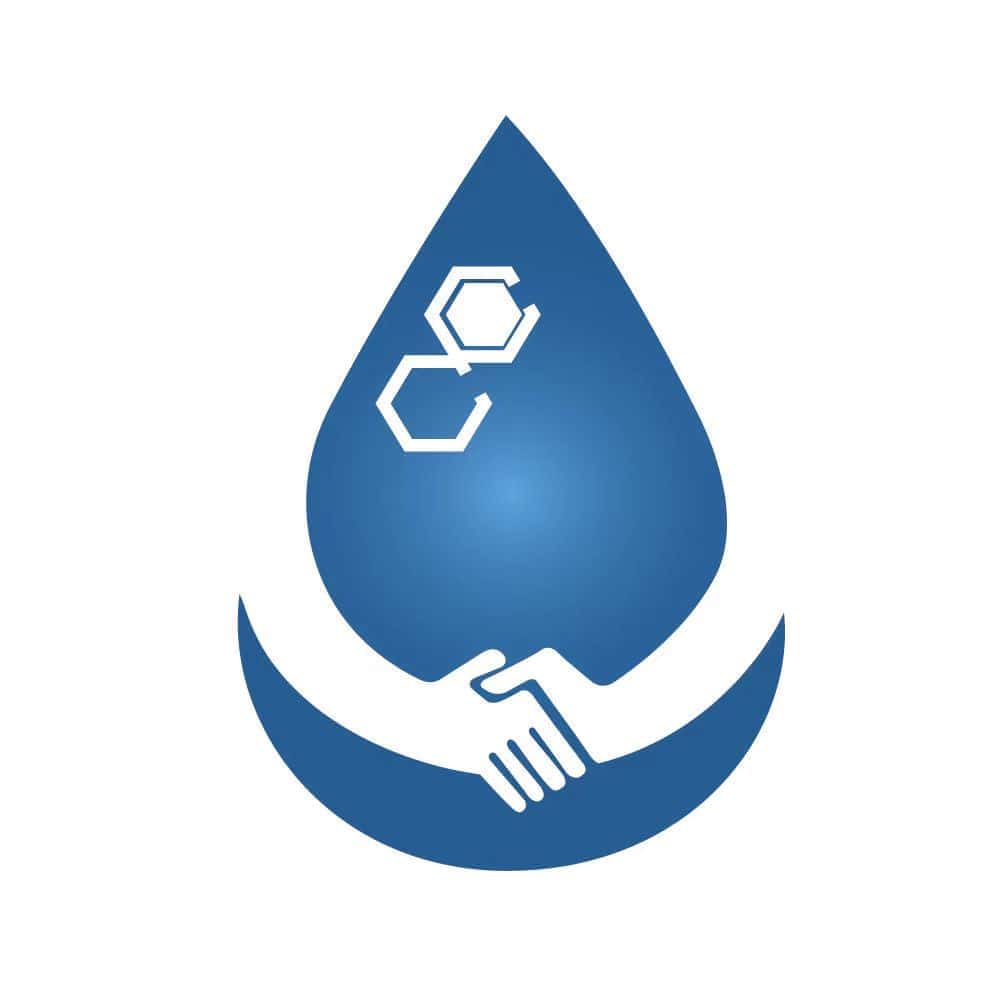
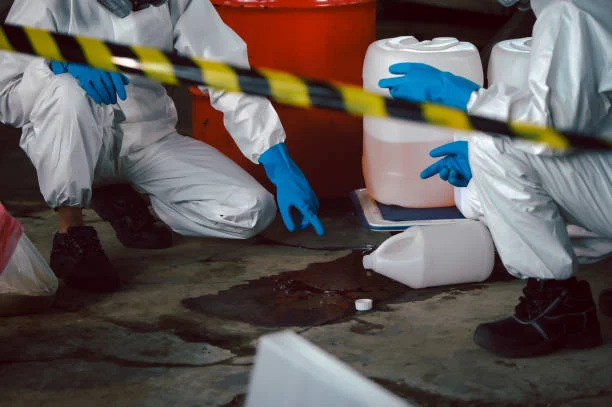

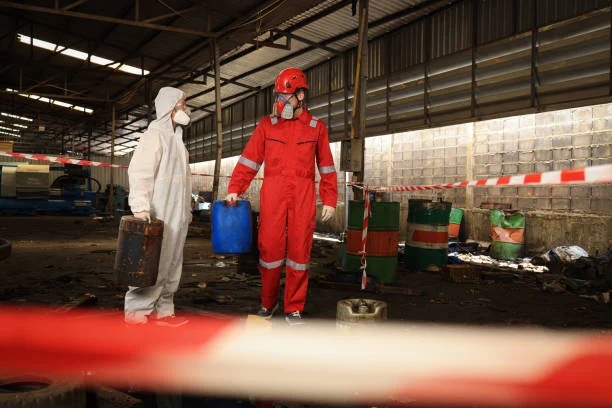

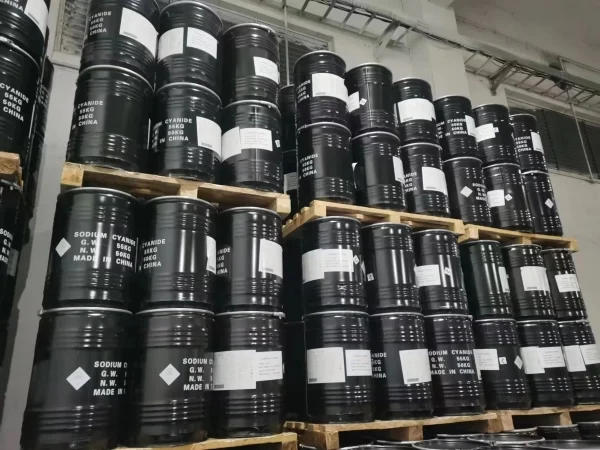
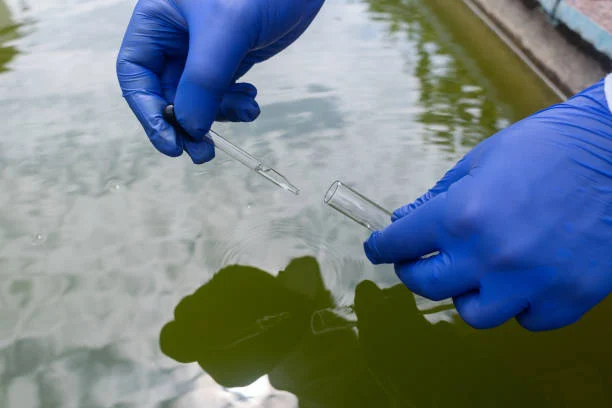



Online message consultation
Add comment: